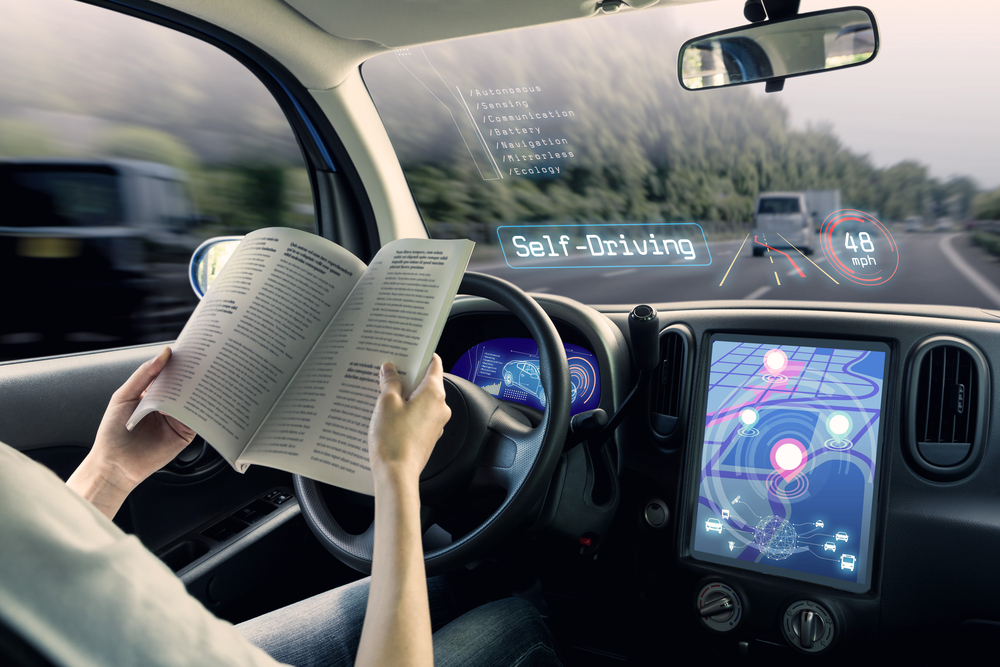
I’m an early adopter, it is in my nature. I’m fascinated with technology, how it works, but even more so how it can change our daily lives. Thus, when Tesla introduced the Model S P90D Ludicrous I was among the first to take delivery of the new car, and I didn’t hesitate to order it equipped with Autopilot hardware even though the firmware that enabled the functionality was not yet available. It didn’t matter. I saw the path was there and I was eager to get on the road to driving autonomy, even if it was just Level 2.
After the first generation of Autopilot rolled out, my first experiences behind the wheel were uncomfortable as it took time to build up enough confidence in the technology to relinquish varying degrees of control. The entire process was both equally frightening and awesome, and today as with so many technical innovations, what once felt foreign has seamlessly assimilated into my daily life as I routinely utilize the feature while commuting. Though this car is but a mere stepping stone on the path to the Level 5 autonomy, the promise of full automation, it really got me thinking about just how far self-driving cars have come, how much further they still have to go, and what role solid state storage will play in this pursuit.
Wind things back a decade, and there were many cars that didn’t even have flash integrated; fast forward to today, and you would be hard-pressed to find a car that doesn’t leverage flash storage as today’s automobiles increasingly utilize electronic functions for everything from driving assist and safety to communication and entertainment features. It is for good reason why so many tech firms are jumping into the autonomous car fray, and the opportunity to innovate on these giant moving application platforms is enormous, both from a processing and data generation perspective.
The future of autonomous cars is solid, as in solid state drives, both within the cars themselves and in the data centers and edge networks that will be required to process the vast amounts of raw data that these self-driving cars generate. Think about a single car and the multiple cameras, radar sensors, GPS, and LIDAR all generating MBs of data per second, and when you add it all up equates to well over a terabyte of data generated by a single car each and every day! In order to achieve a safe and efficient autonomous driving experience, this data needs to be captured, shared, and analyzed all in real-time, which is where more powerful processing and fast and reliable flash-based storage becomes critical.
While there is no doubt we will be autonomous car passengers in the future, achieving this feat will not be possible without the flash memory and solid state technologies both inside the vehicle and outside in the supporting fog and cloud storage infrastructure. On top of that, as the space matures, this massive amount of data needs to be continually managed and analyzed to develop the deep learning and AI technologies that will make autonomous cars even safer and more accessible. These are exciting times and with the flash storage technologies that are becoming available from companies like Toshiba Memory Corporation, we have the storage building blocks available, and can see path to achieving the promise of a Level 5 autonomous driving car, and when that happens I’ll be first in line once again. You had me at Auto…
Disclaimer
The views and opinions expressed in this blog are those of the author(s) and do not necessarily reflect those of KIOXIA America, Inc.